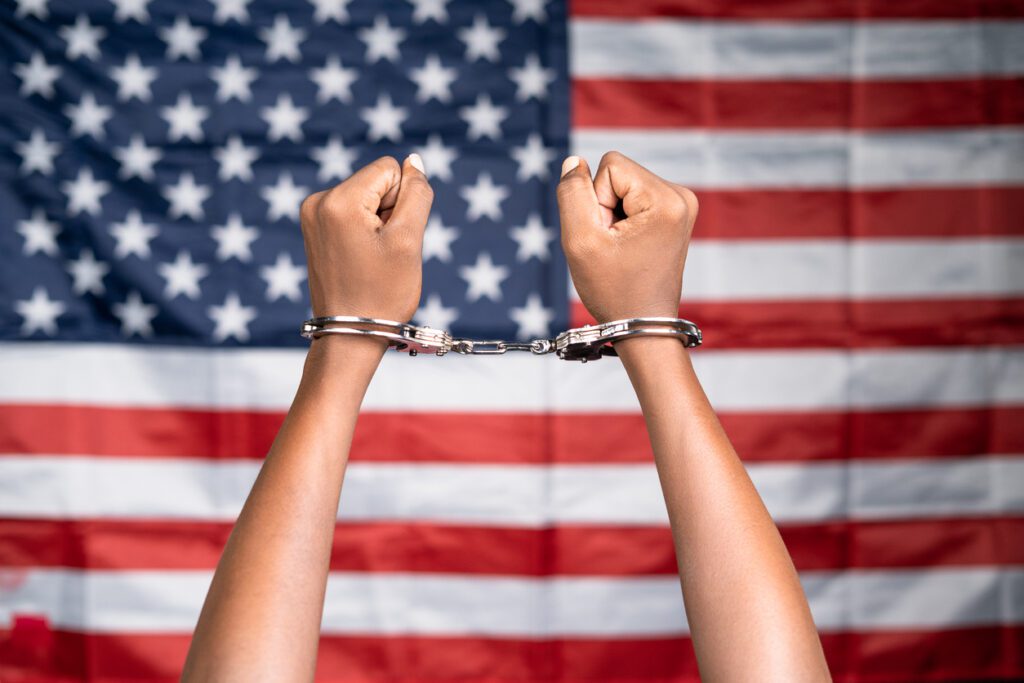I’m a single, Caucasian, middle-aged, middle-class female living in St. Louis City.
I often share with people that I’m a city transplant after over two decades living in St. Charles County suburbs. The one consistent question I get asked …and I understand why (it’s a fair question) …is, ‘Are you afraid of the crime?’
Safety in St. Louis is no different than any other urban area. In fact, crime in St. Louis has declined by nearly 50 percent over the past decade. It is important to understand that most criminal activity occurs in a handful of block segments, accounting for the majority of violent crime in St. Louis. Statistically about two-thirds of all area murders and half of all area assaults are in north city. The north side of St. Louis is, roughly speaking, a triangle of cityscape measuring about six miles on each side. It encompasses many neighborhoods of wildly differing character, from the perfectly healthy to the totally destroyed, and loads of amazing architecture. Other areas shown to be higher statistically for crime rates include Walnut Park, Wells-Goodfellow, Hamilton Heights and Dutchtown.
Why does St. Louis often rank in the media as one of the most dangerous American cities?
Because some media in search of ratings and readership attempt to manipulate the annual FBI Uniform Crime Reporting to compare cites creating skewed, distorted and meaningless crime rankings. The FBI, Council of Mayors and leading criminologists all warn that the FBI data should not be used for comparison purposes because of differing and inconsistent geographic boundaries of American cities. Because of the very small geographic boundary of St. Louis City compared to the much larger metro area, these rankings fail to correctly interpret the data and do not give an accurate depiction of crime in St. Louis. When population and crime statistics in both St. Louis city and county are combined, as they are in most metropolitan areas, St. Louis compares much better in these national rankings.
On a deeper level, if you want to have a better understanding of the racial diversity that is undeniable in the St. Louis metropolitan area, read up on how Redlining and the Delmar Divide have contributed to race and discrimination is the housing market in our community, which directly impacts socio-economic trends and crime.
The Delmar Divide refers to Delmar Boulevard as a socioeconomic and racial dividing line in St. Louis, Missouri. The term was popularized outside Greater St. Louis by a four-minute documentary from the BBC.
Read Jacobi Collins’ take on #Redlining in St. Louis. Jacobi exposes the deeply rooted systems of redlining that have disproportionately affected Black and Brown people dating back to the 1920’s.
Now, I’m not denying that there is crime and that one has to be careful. Personal responsibility is one key factor in eliminating crime and reducing chances of being a victim. But I firmly believe that living in the City of St. Louis can be a peaceful and incredibly positive experience.

